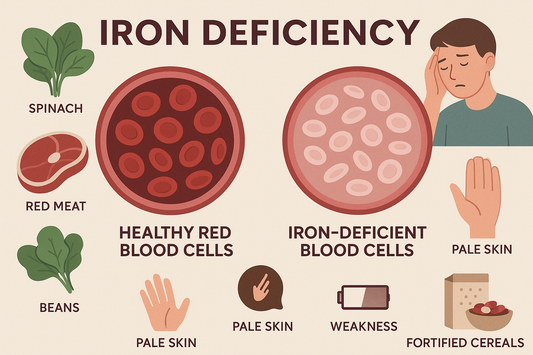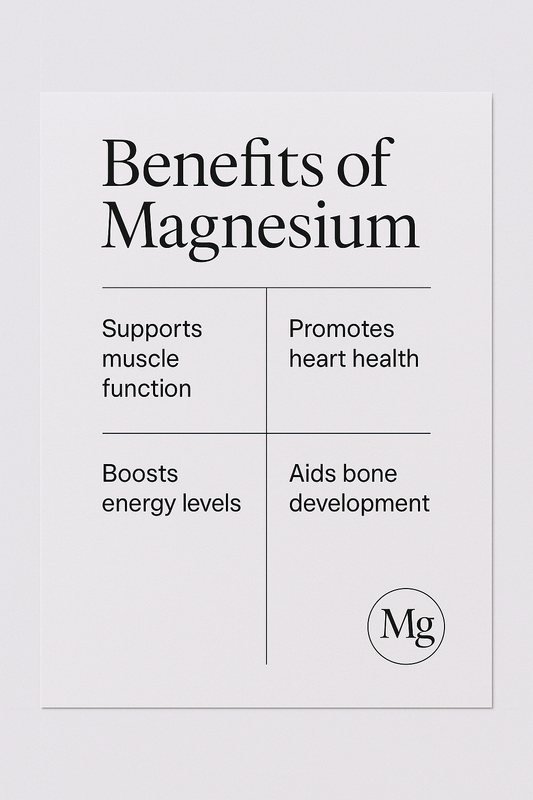
Circuit training is definitely not a new idea. As it is defined today, it seems to have been formalized in the 1950s at the University of Leeds, England, by two professionals as a method that would train several of the constituents of fitness concurrently, instead of training strength or cardiovascular endurance individually. In reality, circuit training is a lengthened variation of the training modality known as ‘supersetting’, which has been used by the bodybuilding community for years. By definition it is a modalitythatentailsalternating sets between a few exercises. For example, a standard superset couldinvolvedoing one set of military press, then one set of a deadlift, back to set two of the military press, then the second set of the squat, and so forthtill the required number has been completed for both of these exercises. Circuit trainingmerelylengthens the superset via the addition of more exercises to the system.
In recent years each exercise (in a circuit) has been referred to as a ‘station’, with each being an area or distinct mechanical instrument or weight where a selected exercise has to be executed for a particular amount of time or number of repetitions. Consecutive circuit‘stations’typicallynecessitate the use of an assigned resistance machine, bike, jump rope (even a trampoline), barbell or bodyweight activity,namelysit-ups, press-ups, or jumps.
Standard, contemporary circuit training requires rapid movement in a specified order from station to station and repeat it a particular number of times, the idea being to improve strength, cardiovascular health and stamina, endurance, and flexibility. More often than not there is some type of timing device with aloud alarm that is used to indicatethatone musthurry to the next circuit training station. In other circuit training systems, a particularamount of reps is set for each station.One of circuit training’s largest claims is its alleged ability to improve all the aforementionedelements of fitness, while also being able to reduce the percentage of body fat, therebyrefining body shape.
Highly successful circuit training can be arranged without expensive gear, or, if preferred, with extremely cheap gear. Circuit trainingcan be constructed on fields, in gardens, in classes, or even in a swimming pool! As statedpreviously, circuit training ismarketed as an ideal system for improving all-round fitness. This claim is actually not accurate and quite misleading, particularly fortypical commercial circuit training, seeing thatstudies haverevealed that solely a modest compromise of the supposedcirculatory and strength training benefits are possible by customary circuit training. It has been proven that circuit training utilizingmixtures of gymequipment with mechanical bikes or miniature trampolines cannotyield cardiovascular trainingthat rivals that of physical running, biking and other customarytypes of cardiovascular conditioning. Moreover, because circuit training mostlydepends on the usage of manageable weights and many repetitions, the growthof strength and power is quite limited at best.
A recent article revealed that circuit training has not been researched sufficiently in order to justify its claims of instantaneously developingactive strength, endurance, flexibility and cardiovascular ability. In essence, the only noteworthyadvantagesof standard circuit trainingare the moderateimprovement of muscle-specific endurance, (potentially) a modestreduction in body fat percentage, and a minorenhancement in cardiovascular conditioning. It has been proven that alternating between weight training and endurance training on a day-to-day basis surpasses traditional circuit training in regards to enhancements in muscular strength, and cardiovascular fortitude.One of the central tenants of physical training deals with the concept of specificity, where the mode of training determines the specific outcome. As an example, if one wants to become stronger, one has to devote his or her time to high intensity strength training with minimal sustained aerobic training, as the latter has a habit of reducing strength capabilities. Now, this certainly does not mean that circuit training has no particular value. Quite the reverse, circuit training that is personalised to meet the needs of the individual (rather than a group) can function as an efficient form of conditioning during certain phases of the training programme.In essence, routinely rotated and modified circuit training for attaining a specific kind of conditioning are superior to the general procedure which caters to a rather large group of people. Going into more detail, it would be wise to introduce the use of flexibility ‘stations’, alternating between free weights and machines, having a twenty minute aerobic session at the end, and perhaps even introducing rest periods, albeit brief ones. As can be seen, circuit training is not a new concept, contrary to popular belief, that has the potential to be a great way to condition the human body in certain fashions. However, circuit training should be tailored to individual needs and to individual areas of fitness in relation to the phase of training the participant is in.
Bibliography
- Baechle, Thomas R., and Roger W. Earle. NSCA Essentials of Strength Training and Conditioning. 2rd ed. Champaign, Ill.: Human Kinetics, 2008.
- Dawes, Jay. Developing Agility and Quickness. Champaign, IL: Human Kinetics, 2012.
- Reuter, Ben. Developing Endurance. Champaign, IL: Human Kinetics, 2012.
- Siff, Mel Cunningham, and Yuri VitalievitchVerkhoshansky.Supertraining. 6th - Expanded Version. Denver: Supertraining International, 2009.
- Zatsiorsky, Vladimir M. Science and Practice of Strength Training. Second Edition. Champaign, IL: Human Kinetics, 2006.
[1]Siff, Mel Cunningham, and Yuri VitalievitchVerkhoshansky. "Circuit Training." Supertraining. 6th - Expanded Version. Denver: Supertraining International, 2009. 300.
[2]Baechle, Thomas R., and Roger W. Earle. "Resistance Training." NSCA Essentials of Strength Training and Conditioning. 2rd ed. Champaign, Ill.: Human Kinetics, 2008. 408.
[3]Zatsiorsky, Vladimir M. "Goal-Specific Strength Training." Science and Practice of Strength Training. Second Edition. Champaign, IL: Human Kinetics, 2006. 162.
[4]Siff, Mel Cunningham, and Yuri VitalievitchVerkhoshansky. "Circuit Training." 2009. 301-304.
[5]Baechle, Thomas R., and Roger W. Earle. "Periodization." NSCA Essentials of Strength Training and Conditioning. 2rd ed. Champaign, Ill.: Human Kinetics, 2008. 516.
[6]Reuter, Ben. "Anaerobic and Muscle Endurance Development." Developing Endurance. Champaign, IL: Human Kinetics, 2012. 85.
[7]Siff, Mel Cunningham, and Yuri VitalievitchVerkhoshansky. "Circuit Training." 2009. 306.
[8]Dawes, Jay. "Sport-Specific Agility and Quickness Training." Developing Agility and Quickness. Champaign, IL: Human Kinetics, 2012. 127-128.












